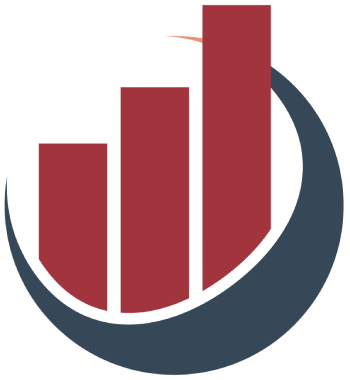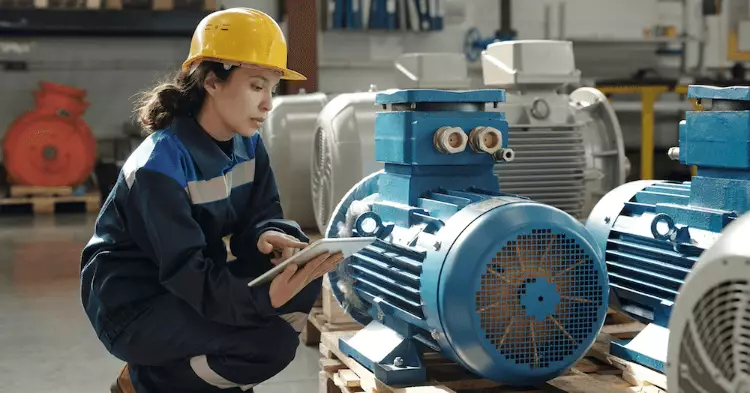Acquiring equipment for your business can be a daunting task, especially when trying to keep expenditures in check. For many small business owners, forgoing new equipment for used options can yield significant savings without sacrificing quality. However, it’s essential to understand that while used equipment can be budget-friendly, the financing process isn’t always straightforward. The key to navigating this landscape lies in diligent research and understanding the available financing options tailored to your needs.
Many small business owners may underestimate the financial implications associated with used equipment. Despite the lower initial purchase price, the financing routes offered for such equipment can still be substantial. This is particularly true as many financial institutions view used machinery as a higher risk due to expected wear and depreciation. Thus, you might encounter higher interest rates or stricter terms compared to financing new equipment. However, the potential for cost savings is immense, making it a plausible avenue when approached correctly.
Evaluating Financing Options
When contemplating financing for used equipment, business owners should be aware of a variety of options that can meet their unique circumstances. Options include equipment loans, business term loans, and lines of credit, each offering different benefits and challenges.
An equipment loan can be particularly beneficial as these loans are designed specifically for purchasing equipment. Typically secured against the equipment itself, these loans provide a lump sum to be repaid over time. However, potential borrowers must remember that some lenders may impose stricter scrutiny on older equipment, requiring thorough appraisals to assess value and condition.
On the other hand, business term loans present a more traditional approach. These loans can be secured or unsecured, with the benefit of gaining access to a lump sum for immediate equipment purchases. However, keep in mind that while unsecured loans don’t require collateral, they often come with higher interest rates and shorter repayment terms.
Lastly, a business line of credit functions as a revolving credit resource. This flexible financing option can be especially useful for businesses unsure of their exact equipment needs. By borrowing as needed—up to a certain limit—owners can manage cash flow more effectively and reserve funds for operational needs alongside equipment costs.
Thoroughly Researching Lenders
One of the most critical steps in securing financing is vetting potential lenders. It’s paramount to distinguish between traditional banks, which may offer favorable terms but also enforce stringent eligibility requirements, and alternative lenders, such as online financing options, which often provide a quicker application process with more lenient terms.
Understanding the nuances of lenders can save you time, effort, and potentially costly mistakes. Look for lenders that specialize in equipment financing, as these institutions will likely have a more tailored understanding of your needs and may provide specific guidance on financing used equipment.
Before you proceed, ensure you gather the necessary documentation, such as bank statements, tax returns, and proof of ownership of existing resources. Each lender has unique documentation requirements, and being prepared can expedite the application process significantly.
Deciding Between Purchase and Lease
Another vital aspect to consider is whether to purchase or lease the equipment. Leasing can serve as an effective alternative, especially for businesses aiming to conserve capital. In a leasing arrangement, the lender purchases the equipment and allows the business to use it for a fixed monthly fee. At the end of the lease, options often exist to buy the equipment, renew the lease, or return the equipment entirely.
While leasing can preserve financial resources in the short term, potential buyers should weigh the long-term implications. Ownership of equipment may provide tax advantages and add value in the case of future sales or collateral for other financing.
Most importantly, evaluating your business needs in detail is paramount. Consider factors such as the type of work your business performs, how quickly you grow, and how often you need to upgrade equipment. This forward-thinking perspective can prevent costly missteps down the line.
The Final Calculations: Assessing Costs and Affordability
Before entering any financing agreement, take the time to consider what you can realistically afford. Be proactive in understanding potential monthly payments, interest rates, and the total cost of borrowing. A larger down payment may lead to less financial strain in the future, but upfront liquidity can also affect other operational costs.
Evaluating the lifetime cost of used equipment is critical. The upfront savings must offset the potential hidden costs associated with increased wear and tear or maintenance requirements. Prioritize equipment that meets your business needs effectively while maintaining reliability as a crucial consideration.
Ultimately, financing used equipment can provide a strategic advantage in acquiring necessary tools without destroying your cash flow. With informed decisions and a solid understanding of financing pathways, you can maximize your savings while empowering your business’s growth.


Leave a Reply